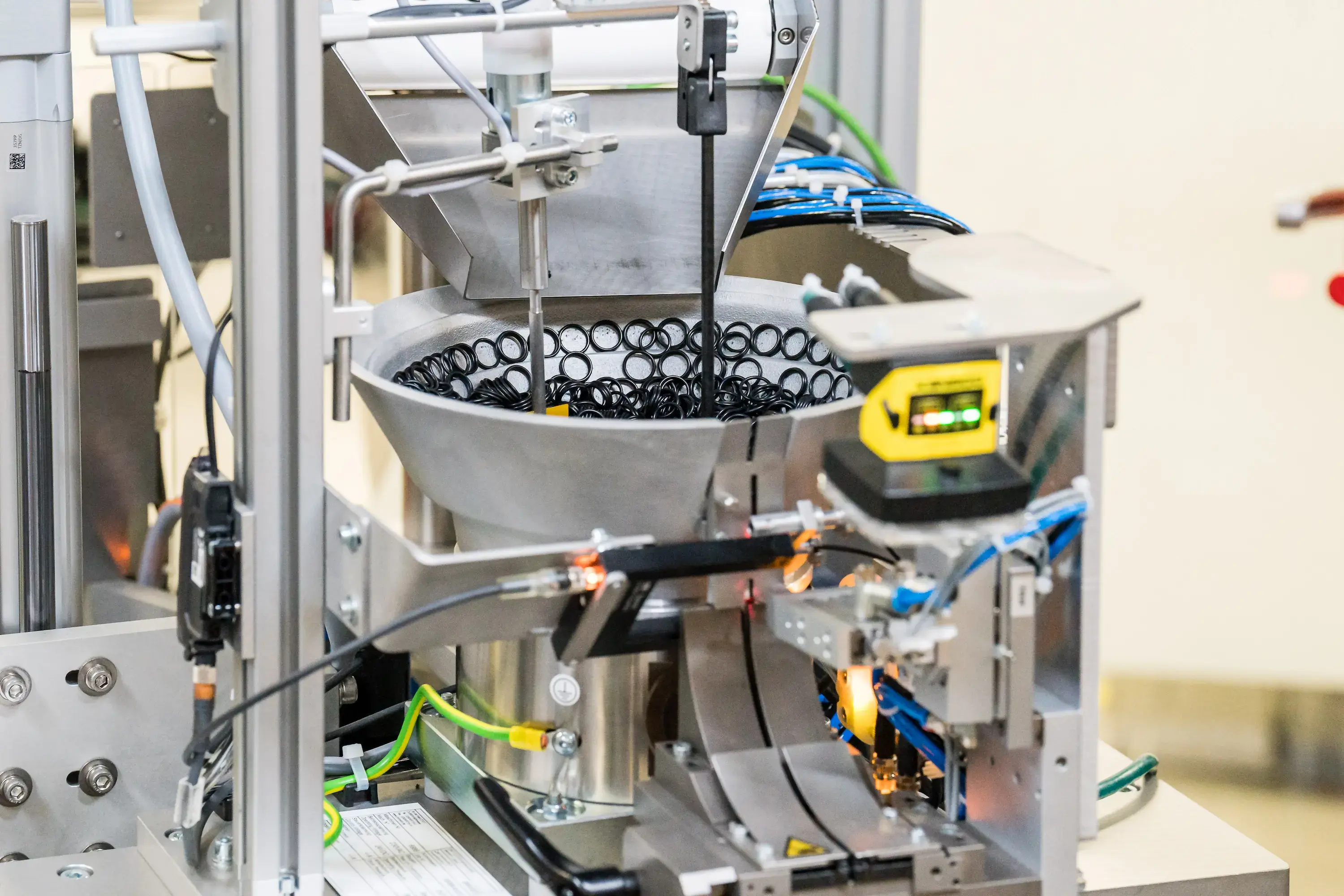PoC - feasibility study provides clarity
The use of new technologies always involves risks. To ensure feasibility and assess the cost-benefit ratio of optical inspections, aerne engineering offers targeted feasibility studies. In this interview, Sales Engineer Jan Helfenberger explains what is important in such studies and what potential they offer.
When should a vision solution be considered?
Technological progress in image processing goes hand in hand with developments in artificial intelligence. Optical inspections that used to require considerable effort to automate can now be solved in a reasonable amount of time for many applications - thanks to deep learning. The current rule is: if subtle features can be detected by the human eye, the algorithm can do the same. Nonetheless, even in the age of deep learning, we cannot avoid doing everything we can to achieve optimum image acquisition, as this is the only way the algorithm can work in the best possible way. We can train it in test series and preliminary studies. This gives us certainty and reduces the risk.
Security in what way?
As a rule, such preliminary studies take place in two phases. Phase one deals with the basic feasibility. Ideally, after this phase, we and the customer have certainty as to whether and how the application would be technically and economically feasible. Then it's straight into the development and implementation of the vision application. However, if the task is more complex, more detailed clarifications are required. A proof of concept (PoC), a preliminary study, is then required.
How does this PoC work?
If the first preliminary tests are promising, but there is no concrete feasibility confirmation, we move on to phase two: the preliminary study. We submit an offer to the customer for this PoC phase. If the customer decides to proceed, close cooperation is crucial. Ideally, we integrate the test camera directly into their production system in order to reproduce the production conditions 1:1. If this is not possible, sample parts and a catalog of defects are essential for quality inspections. Either way, the camera setup is designed specifically for the application to ensure optimum image capture. Our "Vision Lab" is professionally equipped and offers a wide range of test cameras, lighting and optics. If required, we can also use special components from our partners.
What happens next?
Once the images have been captured, the vision application is developed and tested. Depending on the requirements, classic image processing tools (2D/3D) or deep learning are used. The results are documented in a report. This report not only provides the customer with information on the setup and the possibilities, but also a realistic assessment of the limits and challenges of implementation. This allows the customer to accurately assess how the tested vision application can support their specific requirements.
What makes _ae VISION better than the competition?
We come from the field of automation system construction, and this expertise gives us many advantages, as we understand the upstream and downstream processes and take them into account. For example, the ejection of n.i.O products, which traditional specialists do not have in their portfolio. Integration into existing IT infrastructures is also often very complex. Thanks to our team of software experts, we also cover this important discipline. Our engineering and assembly departments are also able to implement extensive image processing projects, including complex and robust mounts, up to and including on-site assembly and commissioning. This makes _ae VISION the ideal partner - from simple smart camera solutions to complex image processing stations with several different camera applications.
Where is technology heading?
In factory automation, the trend is clearly pointing towards deep learning. The implementation of deep or edge learning applications will become easier in the future, making it possible to solve increasingly complex applications with less effort. In logistics, where the reading of codes plays a central role, the use of high-resolution cameras with large fields of view will increase in order to enable more economical solutions with fewer cameras.


